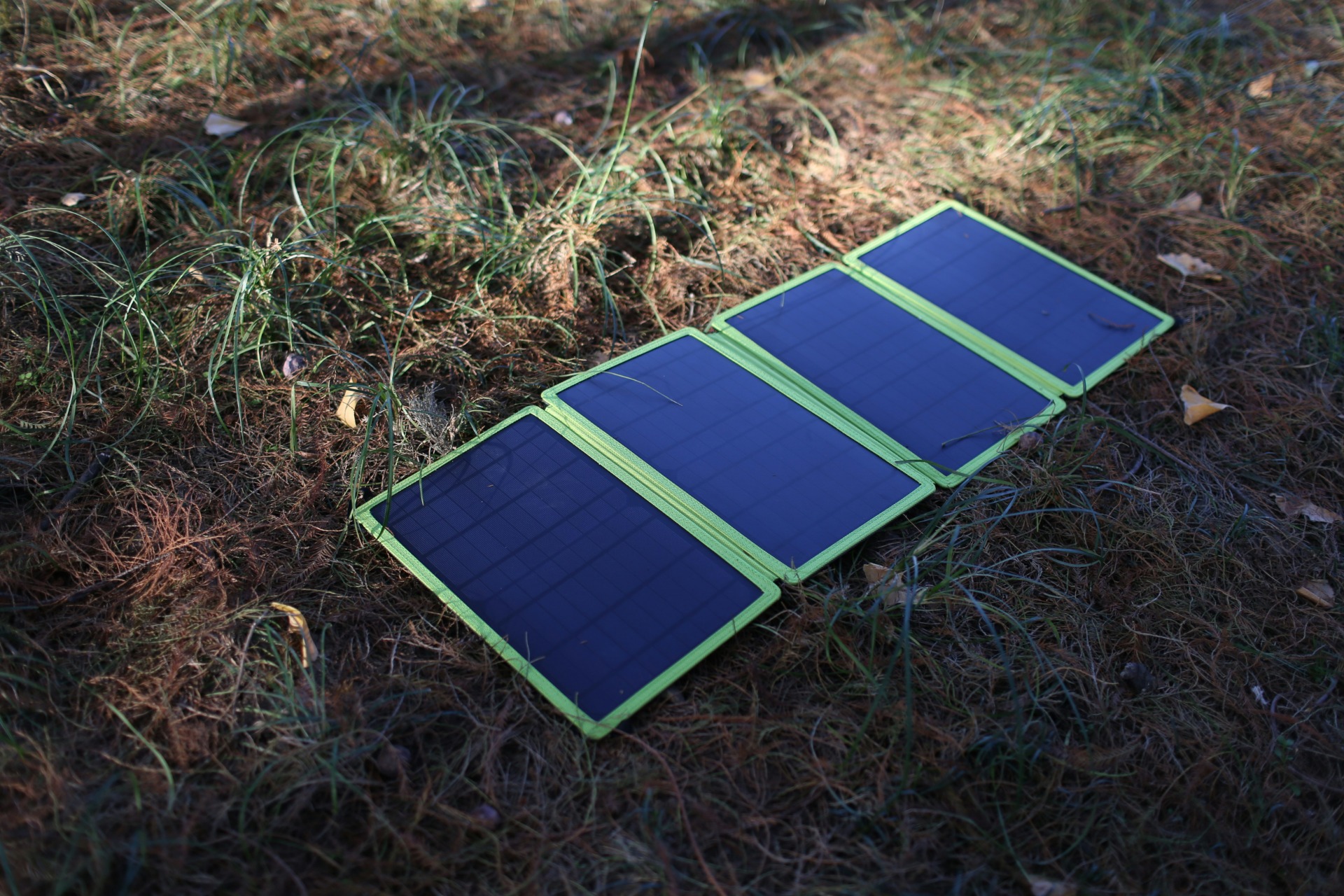
Renewable Energy Transition in Mozambique
Mozambique 2025 - Renewable Energy Transition Economics: Balancing Hydropower and Untapped Potential
Mozambique's energy sector in 2025 is defined by a strategic paradox: it possesses vast, untapped renewable energy potential, yet its current electricity generation mix is overwhelmingly dominated by a single, climate-vulnerable source. The government is committed to a Just Energy Transition Strategy (ETE), approved in 2023, aimed at achieving universal, affordable, and reliable access to modern energy by 2030. However, realizing this vision requires overcoming the deep institutional constraints associated with its heavy reliance on hydroelectricity and managing the competing investment flows targeting its immense natural gas reserves.
Untapped Solar and Wind Potential
Mozambique is one of Africa's most promising green energy markets, boasting exceptional renewable energy potential. While the country's total energy capacity is estimated at a massive 187,000 MW, its currently installed capacity represents only a fraction of its potential.
The specific breakdown of the known renewable potential includes substantial capacity for non-hydro technologies:
Solar Potential: Mozambique has vast solar potential, estimated at 23,000 GW. Solar PV is becoming an increasingly attractive least-cost option for adding generation capacity.
Wind Potential: The country possesses an estimated 4 GW of wind potential.
Total Hydro Potential: Hydroelectric potential is estimated at 18 GW.
Overall, Mozambique's vast renewable resources are estimated at over 23 GW of deployable potential. The Ministry of Mineral Resources and Energy (MIREME) has announced plans to develop a clear roadmap for scaling up solar and wind energy, aiming for 200 MW by 2025 and 600 MW by 2030.
Costs and Risks of Hydro Energy Dominance
Mozambique's domestic electricity generation is heavily dependent on hydropower. This dependency is central to its current energy mix and presents significant costs and vulnerabilities.
High Hydro Share and Climate Risk
As of 2022, Mozambique's energy mix generation was 78.4% renewable energy, with hydropower accounting for approximately 77% of all electricity generated or 78% of the total generation capacity. The state-owned Hidroeléctrica de Cahora Bassa (HCB) is the largest power generation company.
The reliance on the Cahora Bassa hydro-plant (HCB) increases the country's exposure to climate risks and related energy insecurity. Climate change-related factors, such as hydrological constraints, can lead to limited supply from HCB. The vulnerability of hydropower to rainfall variability and drought, particularly in the Zambezi River Basin where most large plants are planned, poses a significant risk. Current feasibility studies for hydropower projects often rarely reflect potential climate change effects.
Financial and Governance Costs
The power sector faces constraints, including inadequate planning and financing for efficient electrification programs. Furthermore, corruption impacts the energy sector at all stages, from resource extraction to transmission and distribution. Political elites reportedly consolidate power over the sector and capture rents by participating as shareholders and local partners for foreign investors.
Renewable energy development.
The government is actively attempting to attract private capital to fund the transition, with ambitious targets aimed at reducing reliance on the traditional generation mix.
Investment Inflows and Projects
Foreign capital has been instrumental in advancing renewable energy development. While comprehensive green FDI figures for 2025 are still developing, $5 billion worth of investment projects were approved in the first half of 2025, holding the potential to create 17,000 jobs across various sectors.
One significant project moving forward in 2025 is the Tete Province Solar Plant, which involves an estimated US$300 million investment for a 300 MW Solar PV facility, currently listed as under development.
Other major projects include:
The Mphanda Nkuwa hydroelectric power plant (1,500 MW), which is under development.
The construction of the 450 MW Temane Thermal Plant (CTT), expected to be commissioned by 2026. CTT uses combined cycle gas turbine technology fueled by natural gas, and is supported by World Bank guarantees.
The Namaacha Wind Farm (120 MW) which began construction in 2020.
The Green Energy Mozambique Industrial Park (US$3 billion) in Sofala province, combining manufacturing and energy production capabilities.
Policy Mechanisms to Attract Investment
Mozambique is leveraging specific mechanisms to attract private sector participation in renewables:
PROLER and Get.FiT: The country employs competitive procurement programs, such as the Renewable Energy Auction Promotion Program (PROLER) and the Get.FiT program, to secure new generation capacity. PROLER, supported by the European Union, involves auctions for concessions for renewable energy production.
Off-Grid Focus: The National Energy Fund (FUNAE), a public body, promotes the development and use of low-cost energy, largely through implementing off-grid access projects. The Regulation on Off-Grid Energy Access (2021) further clarifies concession requirements and obligations.
Fiscal Incentives: The government offers incentives such as import tax exemptions, VAT exemptions for rural electrification, and corporate tax exemptions for foreign enterprises expanding electrification access.
The Strategic Challenge
A major obstacle to the rapid acceleration of the green energy transition is the "carbon lock-in" resulting from the enormous commitment to fossil fuel megaprojects.
Fossil Fuel Dominance: The reliance on fossil fuel resources, particularly natural gas (LNG), risks locking Mozambique into inefficient megaprojects that are not fully aligned with climate goals. Natural gas is expected to provide 44 percent of total energy generation from 2020 to 2030, and the generation capacity from gas is projected to increase to 1,098 MW by 2030.
Competing Investment: The LNG projects are expected to reach over $60 billion in investment, dwarfing the financial support dedicated to renewable energy projects. This prioritization of fossil fuels reduces the incentive for diversification.
Mitigation Strategy: The government's Just Energy Transition Strategy seeks to position the country as a sustainable investment destination by leveraging its vast renewable resources to accelerate low-carbon socio-economic development. The plan is to increase the share of renewable energy from 78.4% to 80.6% by 2032. This requires simultaneous investment in strengthening and modernizing the transmission and distribution infrastructure to integrate new generation.